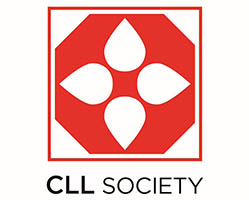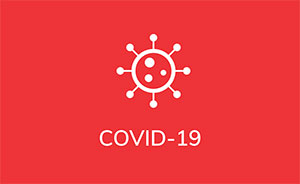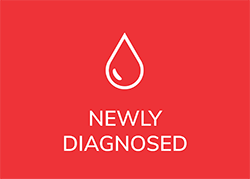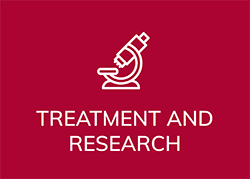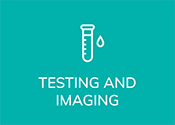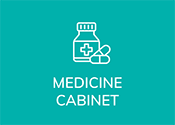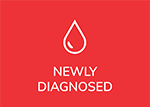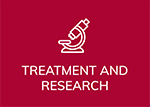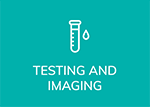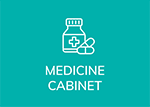Authored by Dr. Brian Koffman
The Bottom Line:
The overall hospitalization rate was only 5.2%, and the mortality rate (MR) was 1.3% in COVID-19-infected patients with chronic lymphocytic leukemia (CLL) and monoclonal B-cell lymphocytosis (MBL), a CLL precursor. CLL and MBL are associated with decreased immunity and worse outcomes in infection.
Who Performed the Research and Where Was it Presented:
Dr. Shen from Sydney, Australia, led the team presenting at ICML (International Conference of Malignant Lymphoma) 2023 in Lugano, Switzerland.
Background:
Mortality in CLL patients was very high during early pandemic waves at 30% – 40% and remained high at 10 – 15% during later waves. The study was interested in whether repeated vaccination attempts to achieve higher titers of protective spike antibodies (Ab) and the new anti-viral therapy would lower COVID-19 morbidity and mortality.
Methods and Participants:
Anti-spike antibody response was measured following multiple COVID-19 vaccine doses to assess the optimum individual response. One hundred eighty-four patients (150 CLL and 34 MBL) were studied.
Results:
- 77 CLL (51.3%) and 18 MBL (52.9%) patients had confirmed COVID-19 infection; 4 had a second infection.
- There were 4 (5.2%) CLL patients hospitalized (duration 3-8 weeks), no patient required ventilation, with one death (1/77 = 1.3%) due to acute renal failure at four weeks.
- No MBL patient was hospitalized or died.
- Of the total 67 CLL and MBL infected patients with data, 21 received no medication, and 20 had symptom-relief only, while 35/67 (52.2%) received anti-viral therapy; molnupiravir (15), nirmatrelvir + ritonavir AKA paxlovid (15) or remdesivir (5). Note that only 20 of 67 patients received either of the most effective anti-COVID-19 therapies: paxlovid or remdesivir.
- Only 6 received prophylactic monoclonal antibodies before COVID-19 infection.
- There were 89 out of 98 patients with positive anti-spike data (91.8%)
- The anti-spike levels in infected patients before infection (6036.5 AU/mL, 60 positive, seven negative) were significantly lower compared to those who never got infected (14319.1 AU/mL, 50 positive, 0 negative) (p=0.038).
- This suggests those with higher antibody responses to vaccines did much better, and it is not just a positive or negative test. A higher titer provides better protection.
Conclusions:
The overall hospitalization rate of 5.2% and mortality rate of 1.3% in the COVID-19-infected CLL and MBL cohort, while still too high, is very encouraging compared to early pandemic results, especially knowing that only 20 of the 67 infected patients received what would now be considered optimal anti-viral therapy and only 6 received effective preventive antibodies.
The protective benefit of having higher antibodies after multiple vaccinations was also encouraging, but it begs the question of how to protect the many who do not respond to vaccines. Also unanswered is the question are the improved outcomes due to milder strains of circulating SARS-CoV-2 virus. The authors don’t address that issue. They also don’t include the date range of data collection.
Links and Resources:
Watch Dr. Brian Koffman’s monologue on the abstract:
You can read the actual ICML abstract here: REPEATED VACCINATION TO MAXIMUM ANTIBODY RESPONSE AND ANTI-VIRAL THERAPY IN CLL AND MBL RESULT IN VERY LOW COVID MORTALITY AND HOSPITALISATION RATES.
More information can be found in a more extended report on the same research: Repeated COVID-19 vaccination to maximum antibody response yields very low mortality and hospitalization rates in patients with CLL and MBL.
Stay strong; we are all in this together.
Brian Koffman, MDCM (retired), MSEd
Co-Founder, Executive VP, and Chief Medical Officer
CLL Society, Inc.
